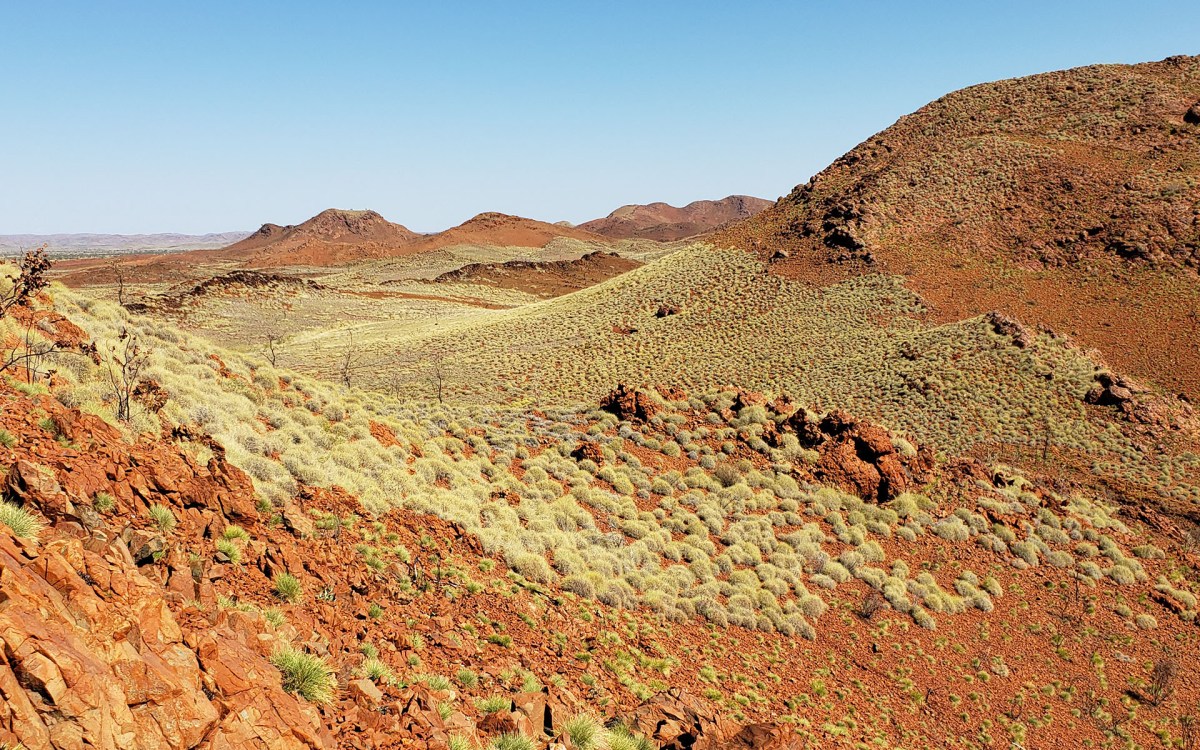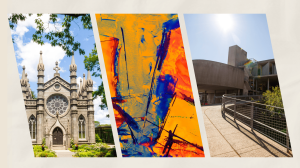Tag: Jason Ur
-
Campus & Community
Bringing Legacy of Slavery report to life
Professors find ways to help students engage with findings in meaningful, often unexpected ways — sometimes in places they regularly pass by.
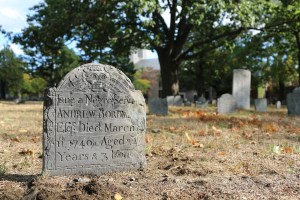
-
Campus & Community
Seeing like anthropologist through camera’s lens
Ryan Christopher Jones brings an anthropologist’s eye to his work as a freelance journalist. After finishing his liberal arts degree at the Extension School, he’ll be pursuing a Ph.D. in anthropology at Harvard this fall.
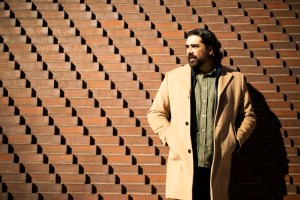
-
Science & Tech
Drone’s-eye view
Researchers in recent years have begun applying the emerging technology of the drone aircraft to research efforts, and are now even using them to quickly create 3-D maps of ancient sites in Iraq’s Kurdistan region.
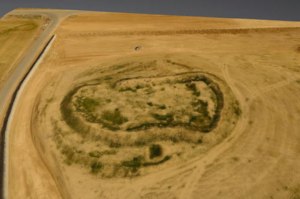
-
Science & Tech
Ancient Iraq revealed
Jason Ur, the John L. Loeb Associate Professor of the Social Sciences, earlier this year launched a five-year archaeological project — the first such Harvard-led endeavor in the war-torn nation since the early 1930s — to scour a 3,200-square-kilometer region around Irbil, the capital of the Kurdish region in northern Iraq, for the signs of…
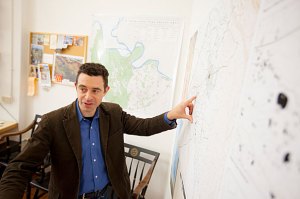
-
Science & Tech
New frontier in archaeology
Jason Ur, the John L. Loeb Associate Professor of the Social Sciences, worked with Bjoern Menze of MIT to develop a system that identified ancient settlements based on a series of factors — including soil discolorations and the distinctive mounding that results from the collapse of mud-brick settlements.
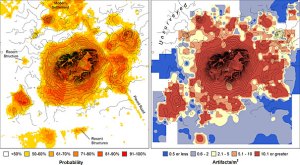
-
Science & Tech
Getting a bird’s-eye view of the past
The archaeological work of Harvard students, using satellite photos to locate ancient structures, is on display at the Peabody Museum of Archaeology and Ethnology.
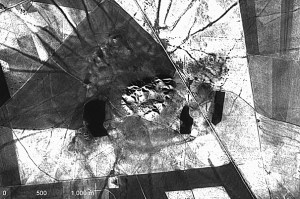
-
Campus & Community
Investigating canals across time, from space
The view from space of an ancient canal network is recasting archaeologists’ understanding of the Assyrian capital of Nineveh and of the farming economy that supported it at its height of power almost 3,000 years ago.
